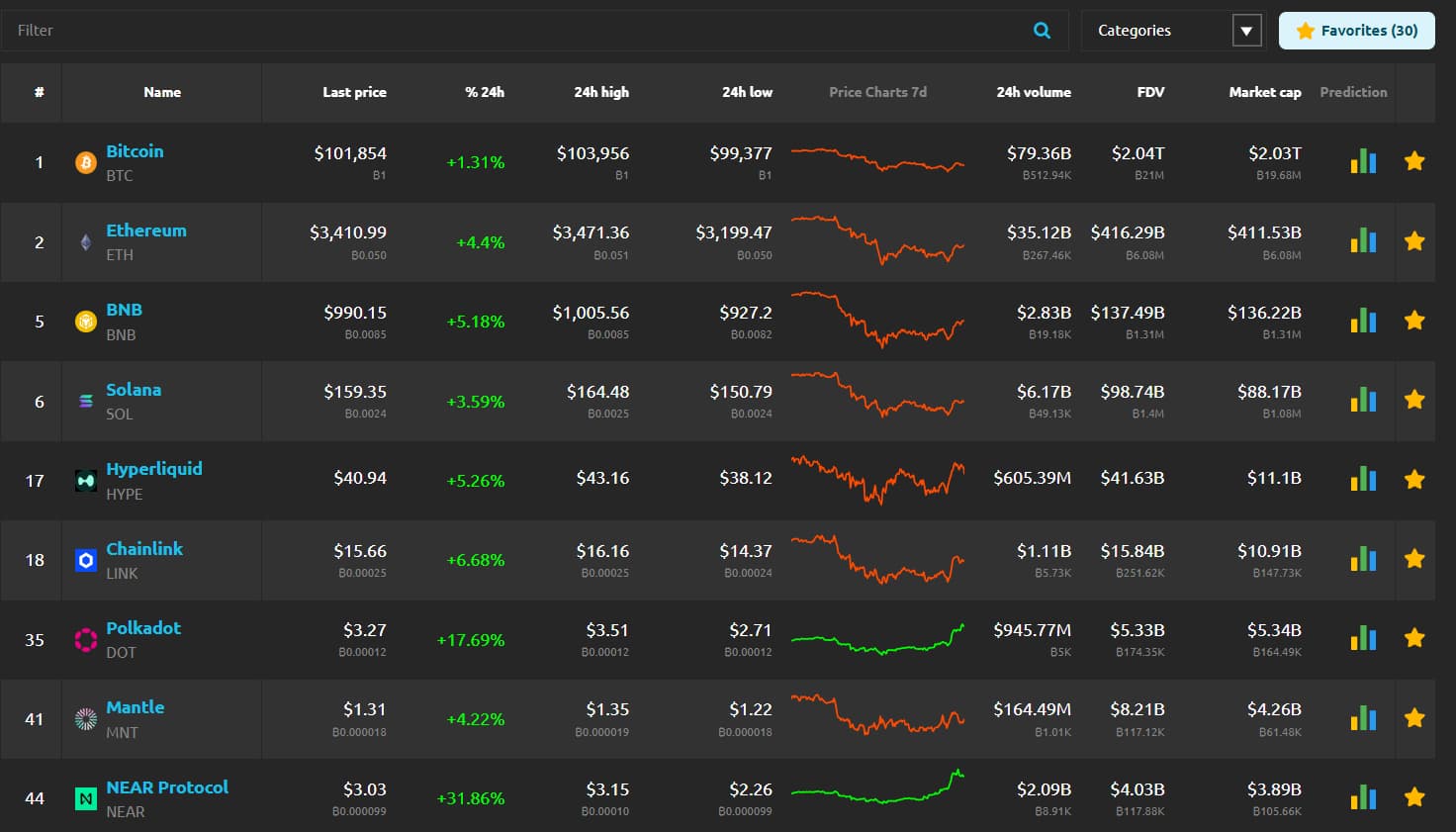Scaling a business is always fire, failure and chaos, don’t you agree? But the hero of our case study today, the creator of Storypoint, expert doesn’t agree at all.
He was able to scale his business in one year, grow almost 10 times in revenue, and still avoid financial losses and mistakes. With the help of systematic money accounting, of course (otherwise why would we be here, right?). Here’s how Storypoint helped with pinochet and what lessons you can adopt for your business, tell us in this case study.
Introduction
Storypoint was founded by one of our authors and his business partner in 2021. It’s engaged in recruiting and hiring talented people in teams of technological companies, as well as in outsourcing/outstaffing, in Ukraine and abroad.
Before starting his own business the expert worked in IT companies and built teams from within. Therefore he is well aware of the problems encountered by both business leaders and employees.
For the first 2-3 months of work, Storypoint used spreadsheets to keep track of finances. However, as the business grew, so did the number of expenses. Time had to be allocated to enter each transaction into the spreadsheet, and eventually the task became too overwhelming. Experts began looking for a way to automate the processes.
“The problem was that all transactions had to be entered manually into our Spreadsheet, where the entire budget was stored. This was taking a lot of time, so we decided to automate the process and plugged in Finmap.”
The challenge
When choosing a service to automate our finances, it was important that:
- Keeping track of money didn’t take too much time. Business owners and accountants have enough operational tasks every day. I didn’t want to spend hours more manually entering all the transactions.
- It was possible to integrate bank accounts into the accounting service. To save time on entering transactions, and also to keep costs down. The ability to integrate the service with Monobank was especially important, because the company’s account was in that bank.
- There was clear analytics for a systematic understanding of the company’s expenses and income.
Finmap solution
The service was still in beta, but the entrepreneur was not discouraged and decided to give it a try. The deciding factor in his choice was the possibility to integrate Finmap with the bank, so that he would not have to make all the transactions manually.
“One of the reasons was that we have Monobank and Finmap integrates with Monobank. That was ideal. Because the integration between the bank account and Finmap is exactly what we use it for, it’s a major feature for us.”
Finmap implementation: was it hard?
Not to intrigue, it wasn’t. The service didn’t take long to implement. It was enough just to register, create a company and connect the accounts*.
“Finmap has the best onboarding. I registered with the service, tied up a Monobank account with the company account, and integrated all our transactions that way.”
*Finmap now has integrations with 2,000+ banks around the world.
Setting up accounting: was it complicated here?
At the time Storypoint was connected to Finmap, the service was still in beta. That’s why there really was some difficulty with the conversion*. Payments in dollars and euros that came into the company were not always displayed with the correct exchange rate.
“There was only a difference of a few cents, but because of this discrepancy we didn’t match the debit and credit.”
Finmap now pulls up-to-date exchange rates from national banks of different countries (e.g. for Ukraine from the National Bank of Ukraine, for the Czech Republic from CNB (Czech National Bank) and also from Mastercard).
“The financier showed our accountant how to properly structure income and expenses in Finmap. And after that we had everything perfectly reconciled in our reports. Plus they helped us properly organize everything, add categories, subcategories, tags. After that, we were able to analyze our expenses and income in different categories: income and expense per employee, per project. That, in turn, helped us optimize costs and eliminate unprofitable projects.”
To learn more about our consultations and to put your business finances in order together with Finmap financial experts, click here.
Data systematization: was it difficult at least here?
After the consultation, Storypoint set up their own expense and income categories in Finmap. This was necessary in order to structure transactions and later see in reports detailed information about everything that happens with money in the company. For example, how much exactly a business spends on Facebook ads and how much it earns from client N.
For example, this is how the Money/CashFlow report (cash flow report) will display the ratio of write-offs in different categories:
By the way, the reports are generated by the service itself. That is, users do not need to spend time arranging the data. All they need to do is enter Income, Expenses and Transfers.
Finmap will use this data to generate clear and comprehensible reports.
It will also save you a lot of time and keep track of your business at all times. In particular, you can easily show the reports to a business partner without having to waste time explaining what each indicator means.
What came out of the implementation
“We used spreadsheets for 2-3 months. Then we switched to Finmap and solved all the problems we had.”
✅ Automated financial accounting in the company. Now the co-founders and the accountant had much less operating software and routine tasks. And, that means freeing up time for business development.
“Finmap helps us run our operations. And if everything is okay with the operations, we have more time for the core business.”
✅ We got a better understanding of the company’s expenses and revenues. On the advice of a Finmap financial expert, the company set up its own categories of income and expenses in the service. After which the cofounders had a clear understanding of what the business was spending on and what it was earning.
✅ They stopped losing expenses. Which means that the company’s spending data has become accurate and more objective decisions can be made based on it.
“Before, if we made a certain transaction and didn’t put it in the table, we just forgot about it. Now all the transactions we do are tied into Finmap, and it’s very convenient.”
✅ Avoided financial fails. Thanks to Finmap’s systematic accounting of money, the company’s growth during the year was trouble-free. The expert notes that during one year the business has grown x10 in revenue and almost 5 times in the number of employees
Storypoint has plans for further growth
“We want to expand, we want to change the recruiting market. We want to help our clients get rid of staff shortages and release products on time, thanks to the talent in the team.



